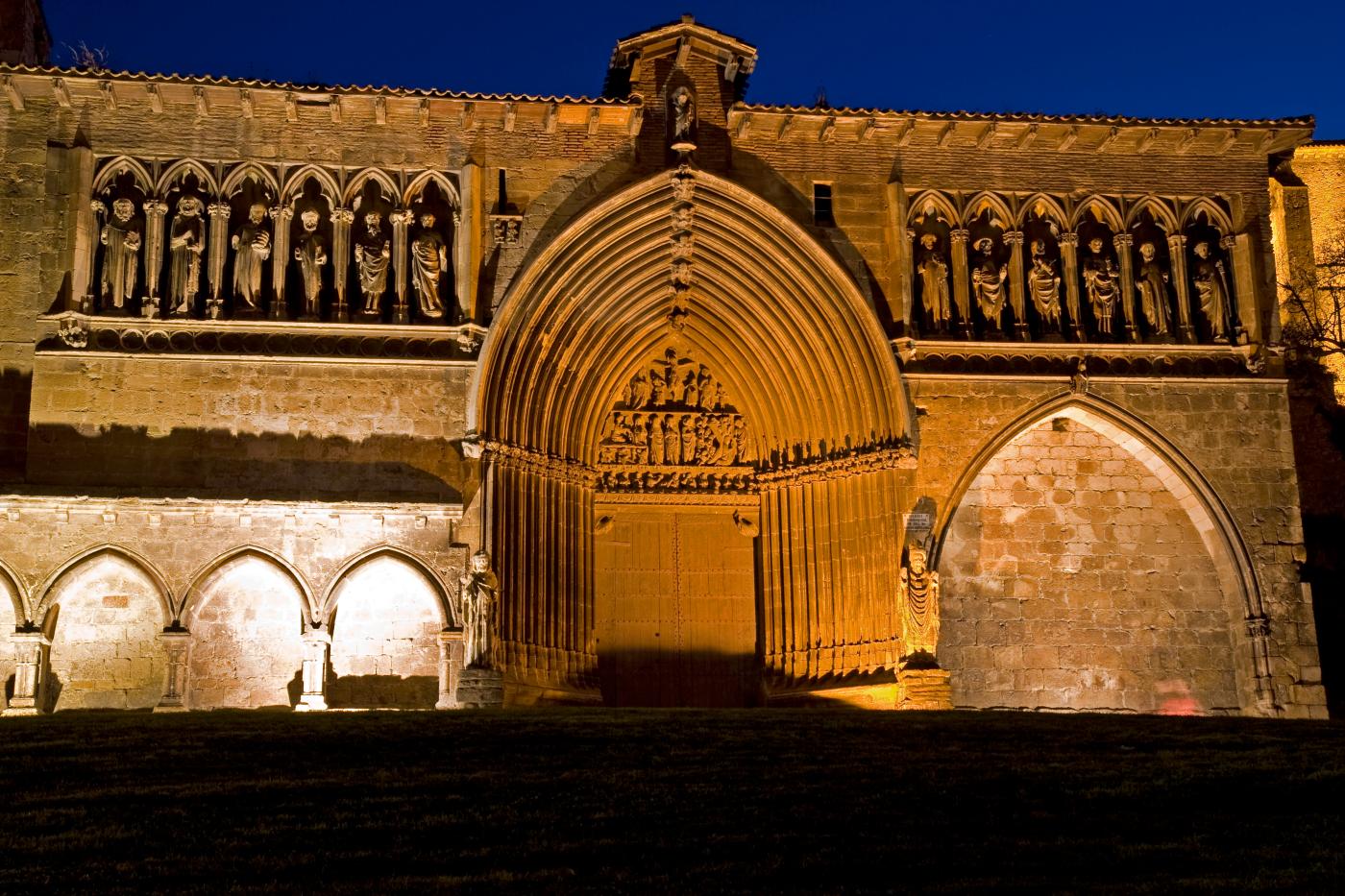Monuments on the map
Romanesque monuments
-
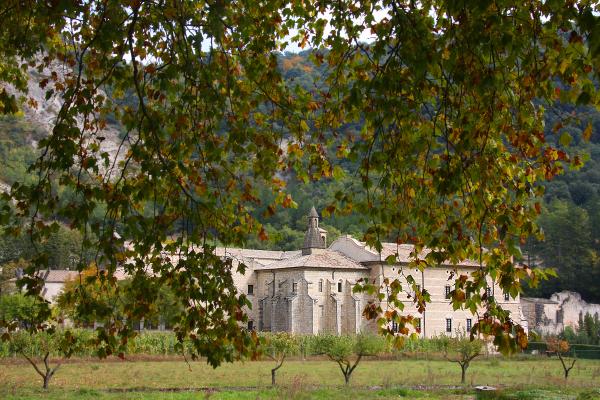 Monastery of Santa María de Irantzu
Monastery of Santa María de Irantzu
Monastery of Santa María de Irantzu
In Abárzuza. A grandiose Cistercian abbey built between the 12th and 14th centuries, currently inhabited by Theatine priests. Its church of Santa María, built in the late 12th century, stands out for its high level of light inside.
-
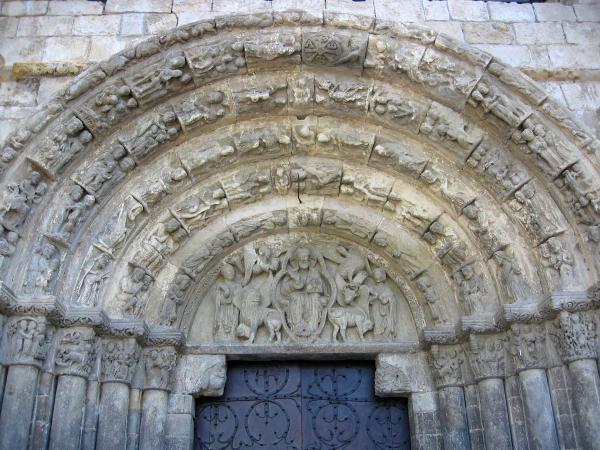 Church of San Miguel
Church of San Miguel
Church of San Miguel
In Estella-Lizarra. Originally built on a hill, clearly as a fortress, at the end of the 12th century. A succession of later reforms and extensions have made it an amalgam of volumes and added features, among the conserved elements being the three-apse chancel and the superb north front, whose sculptural wealth can be said to eclipse the rest of the church.
-
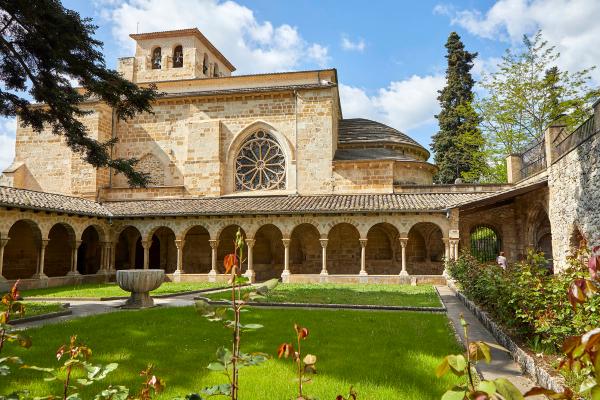 Church of San Pedro de la Rúa
Church of San Pedro de la Rúa
Church of San Pedro de la Rúa
In Estella-Lizarra. Standing on high ground overlooking the town, its cloister is considered one of the richest in terms of sculptural wealth in Navarrese Romanesque architecture. It also has a beautiful 13th-century porch, an imposing bell tower and an interior with Romanesque ashlars in the choir and a variety of Romanesque and Gothic sculptures.
-
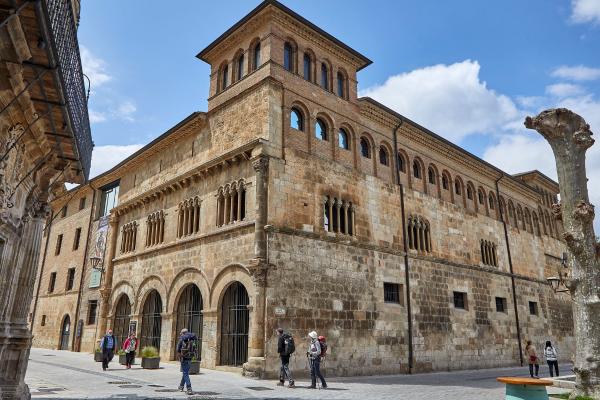 Palace of the Kings of Navarre
Palace of the Kings of Navarre
Palace of the Kings of Navarre
In Estella-Lizarra. The only civil Romanesque building in Navarre. Built towards the end of the 12th century, it has a magnificent but delicate façade in three sections framed by columns with delightful capitals that tell stories, one of them the battle between Roldán (Roland) and the legendary giant Ferragut. It is now home to the Gustavo de Maeztu Museum.
-
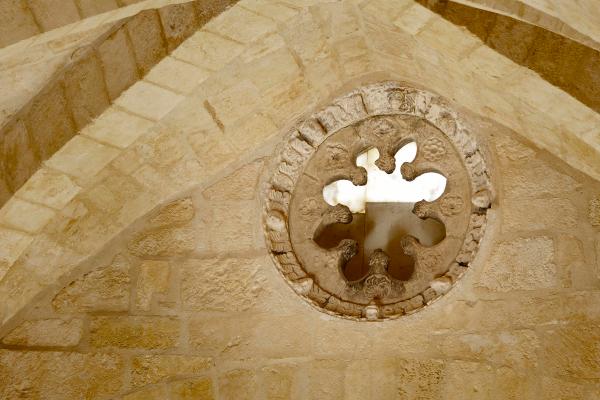 Church of Santa María Jus del Castillo
Church of Santa María Jus del Castillo
Church of Santa María Jus del Castillo
In Estella-Lizarra. Built in the 11th century, it is linked to the Jewish past of the town. It has a single nave with three differentiated sections, separated by Romanesque pilasters that are covered by ribbed vaults. After refurbishing, it has been converted into an Interpretation Centre for Romanesque architecture and the Pilgrim’s Way to Santiago.
-
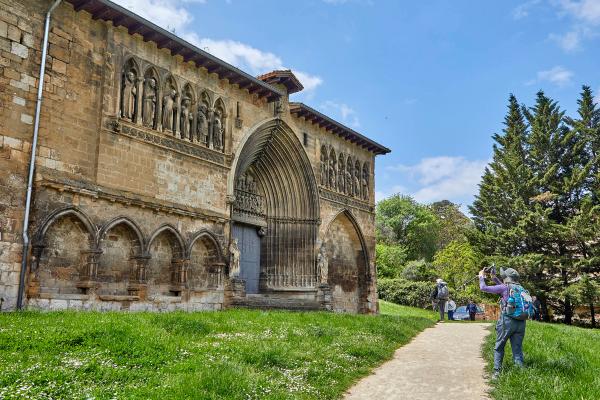 Church of the Holy Sepulchre
Church of the Holy Sepulchre
Church of the Holy Sepulchre
In Estella-Lizarra. Construction work on this church started in the 12th century, and although its façade is one of the best examples of Gothic architecture in Navarre the apse of the Gospel nave is Romanesque (late 12th century).
-
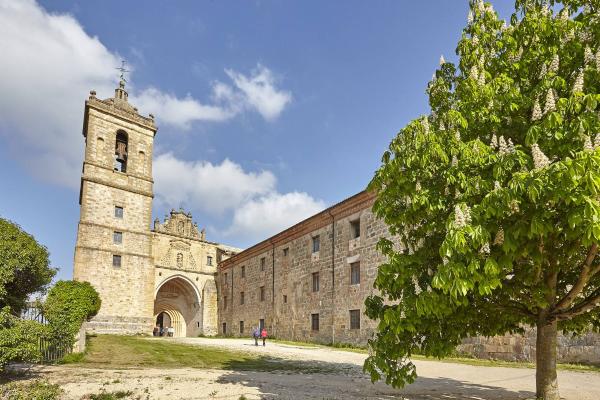 Monastery of Iratxe
Monastery of Iratxe
Monastery of Iratxe
In Ayegui. The first pilgrims’ hospital in Navarre that the Benedictines started to build in the second half of the 11th century. Over the centuries it has been a university, a military hospital and a monastery. Its church has a Romanesque chancel and a Cistercian body. The main façade and that of San Pedro (St Peter) are also Romanesque.
-
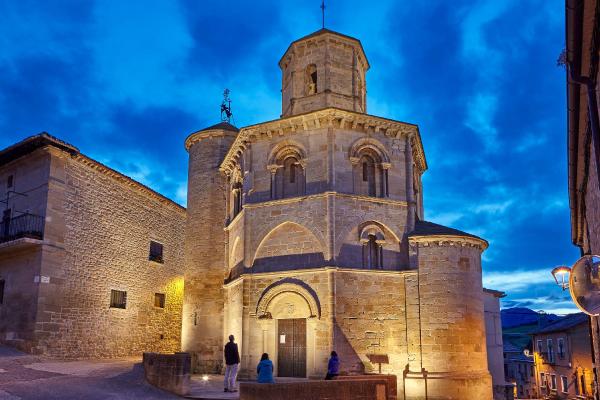 Church of the Holy Sepulchre
Church of the Holy Sepulchre
Church of the Holy Sepulchre
In Torres del Río. Built in the 12th century, this sober and harmonious church has an octagonal ground plan. It was a funeral chapel and a lighthouse along the Pilgrim’s Way to Santiago. Inside, its impressive vault of intercrossing ribs recalls Hispano-Muslim art. Some historians believe it may have been built by the Knights Templar.
-
Church of San Andrés de Learza
Church of San Andrés de Learza
In Etayo. A charming late Romanesque church with a reddish tone in its walls that looks down on the secluded square of Señorío de Learza from a hill. Its high Cistercian-style arches are slightly pointed, and inside the Romanesque baptismal font stands out.
-
Tower of Arellano
Tower of Arellano
In Arellano. An old 12th-century tower-lookout built in the form of a closed prism. It has a square ground plan with narrow slits as windows. Its entrance, rounded and with large keystones, is on the level of the first floor.
-
Church of Santa María de Eguiarte
Church of Santa María de Eguiarte
In Lácar. It has a single nave with three sections, a wide crossing and a straight chancel, and has quadrangular pillars with capitals decorated with historical themes. Its beautiful atrium stands out with rounded arches, wooden beams and rectangular columns, and a rich Romanesque front is preserved on the epistle wall.


